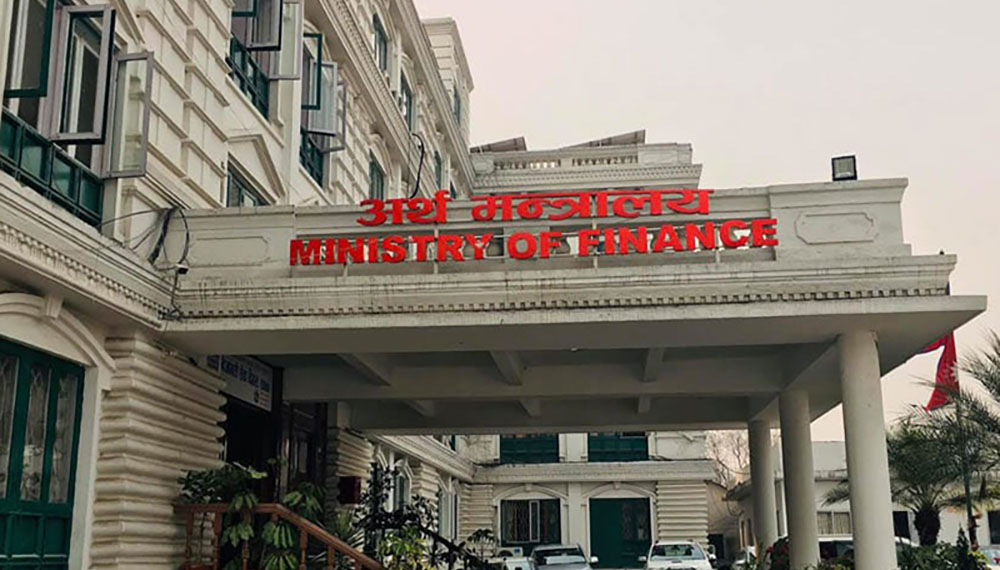

KATHMANDU: Nepal’s improving economic indicators, particularly the rise in per capita national income, have led to an increase in interest rates on foreign loans acquired from bilateral and multilateral development partners.
According to government officials, the change will naturally raise the cost of foreign-funded development projects.
The Ministry of Finance confirmed that institutions such as the World Bank, Asian Development Bank (ADB), and International Monetary Fund (IMF), as well as bilateral partners like China, Japan, and India, adjust loan interest rates based on a country’s income level and debt servicing capacity.
The World Bank provides loans through two arms: the International Development Association (IDA) for the poorest countries and the International Bank for Reconstruction and Development (IBRD) for lower-middle-income nations. Nepal, having crossed a per capita income threshold of USD 1,135 over the past three years, now qualifies for more expensive lending terms.
As a result, the interest rate for Nepal’s concessional loans has doubled from 0.75 percent to 1.5 percent, effective from July 2025. Government officials stated that Nepal opted for fixed interest rates to minimize risks associated with fluctuations.
Interest rates on loans from the ADB and Japan International Cooperation Agency (JICA) are also expected to rise due to similar criteria based on GDP and per capita income growth.
Data from the Public Debt Management Office show that in the decade following the promulgation of the constitution, Nepal borrowed Rs 1.08 trillion in foreign loans. Of this amount, Rs 280.09 billion—more than 25 percent—was used for debt repayment. The remaining Rs 807 billion was allocated to various development programs and infrastructure projects.
In fiscal year 2024/25, the government signed foreign loan agreements totaling Rs 215.54 billion, primarily with multilateral institutions.
Major investments were targeted in transport infrastructure, disaster management, agriculture, irrigation, water supply, energy, and climate adaptation.
The largest loan commitments came from the ADB and the World Bank, with additional contributions from the International Fund for Agricultural Development (IFAD) and the Strategic Climate Fund.
However, despite increasing commitments, the actual utilization of foreign loans has declined. In FY 2023/24, the government was able to use only Rs 111.23 billion in foreign assistance—down significantly from Rs 209.43 billion in FY 2020/21.
The previous year, Nepal mobilized Rs 125.39 billion in loans, well below the target of Rs 217 billion.For the current fiscal year, the government has set an ambitious goal of mobilizing Rs 233.66 billion in foreign loans.
But officials warn that rising interest rates and persistently low absorption capacity could further challenge debt sustainability.